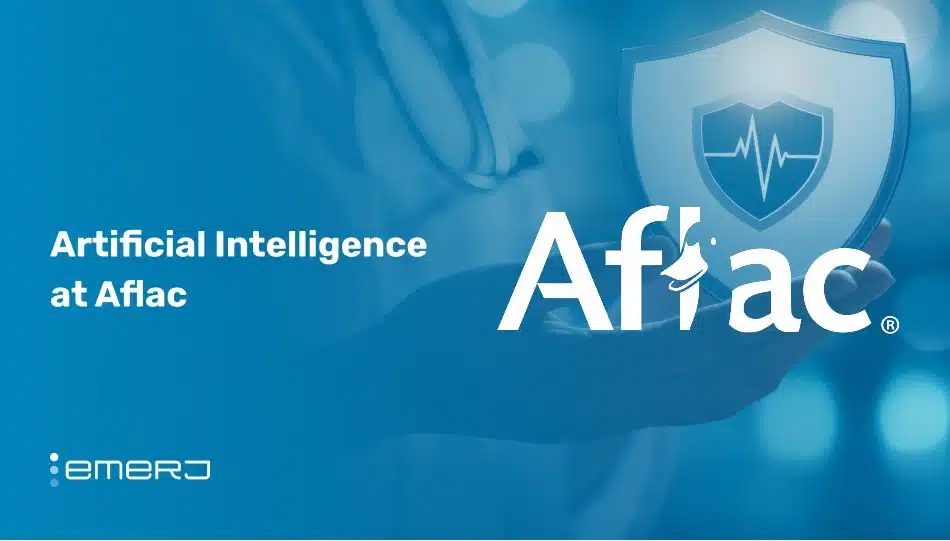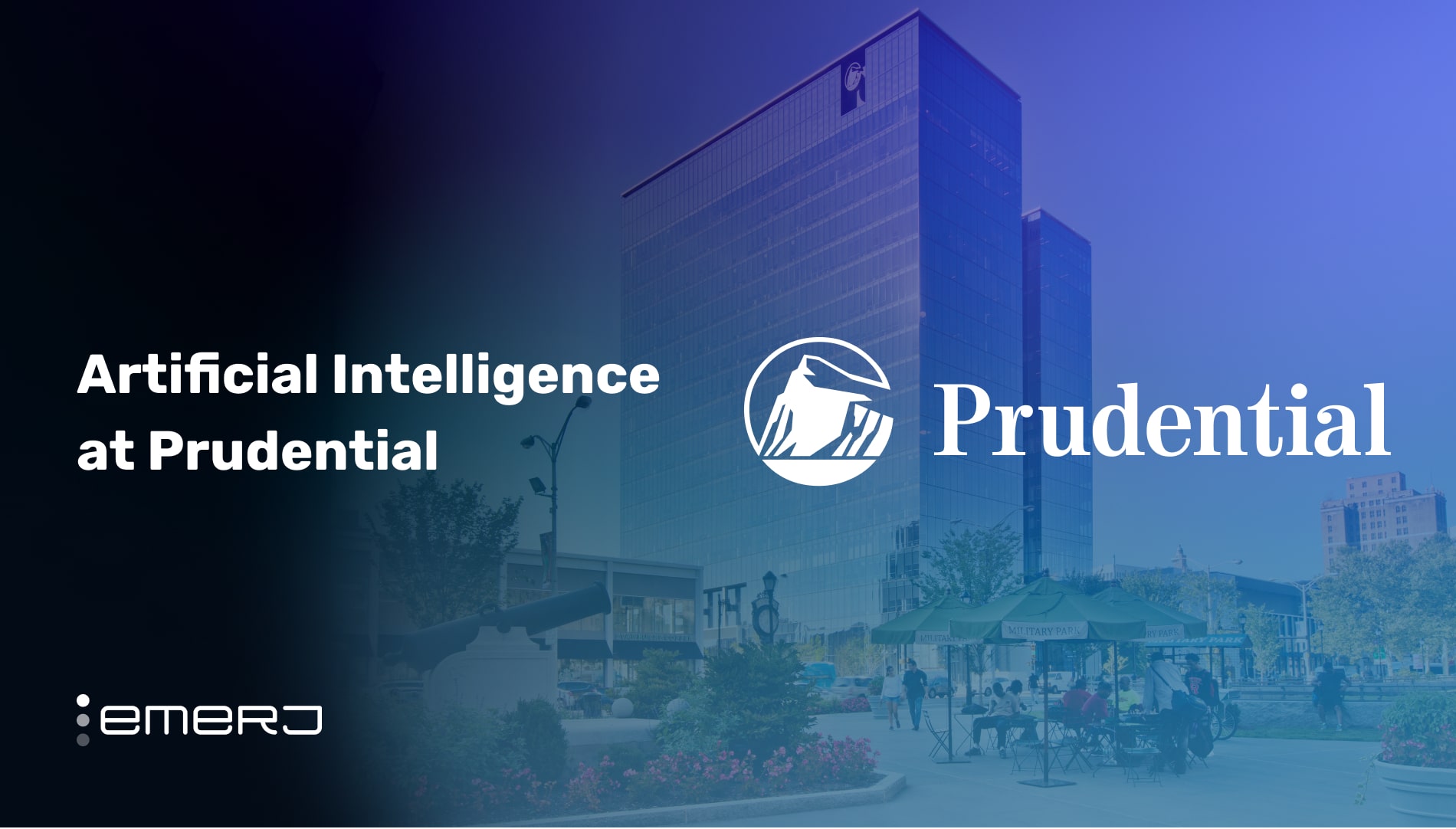Artificial Intelligence at Charles Schwab – Two Use Cases
The Charles Schwab Corporation is a leading financial services firm, reporting $10.28 trillion in client assets as of February 2025, a…

•


Read the Emerj team’s latest coverage on AI use-cases and trends in banking.
The Charles Schwab Corporation is a leading financial services firm, reporting $10.28 trillion in client assets as of February 2025, a…

•

Foxconn, officially Hon Hai Precision Industry Co., Ltd., is a multinational electronics contract manufacturing company headquartered in Taiwan. Founded in 1974,…

•

Aflac is a global leader in supplemental health and life insurance, providing financial protection to over 50 million policyholders in the…

•

Wells Fargo, a major financial services company, has its headquarters in San Francisco, United States. The company operates in 35 countries…

•

Cencora, formerly known as AmerisourceBergen, is a leading global pharmaceutical solutions provider focused on delivering healthcare products and optimizing the patient…

•

Prudential Financial, Inc., is an American Fortune Global 500 and Fortune 500 company headquartered in Newark, New Jersey. Prudential provides a…

•

The “buy versus build” debate is central to digital transformation, particularly in AI adoption, and hinges on an organization’s unique goals…

•
